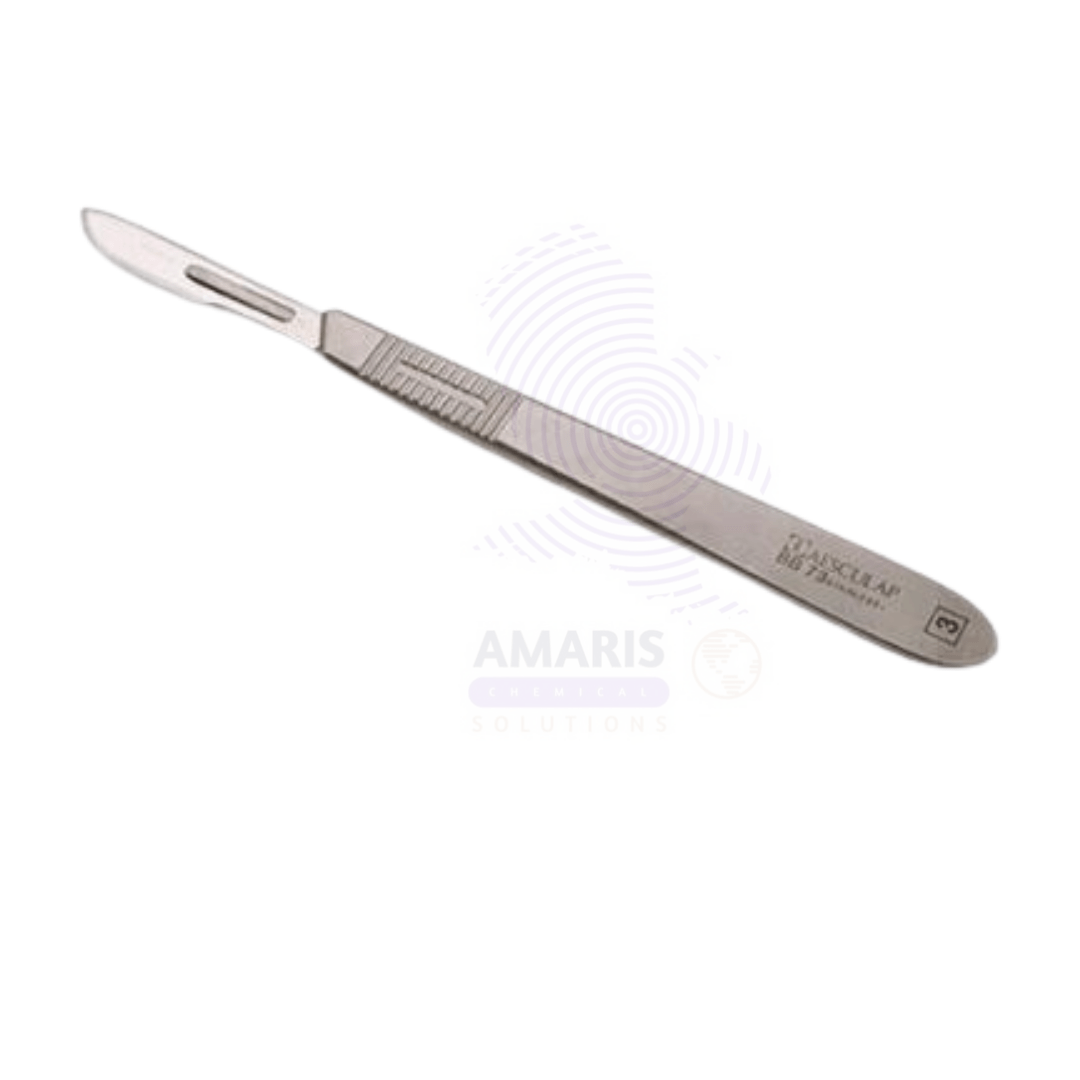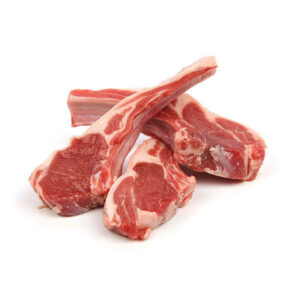Uses of knife-edge scalpel
Incisions:
Knife-edge scalpels are primarily used for making precise incisions in tissues during surgical procedures. These incisions can vary in size and depth depending on the specific surgical technique and the anatomical structures involved.
Dissection:
Surgeons use knife-edge scalpels for delicate tissue dissection, separating layers of tissue or dissecting around critical structures with precision and minimal trauma.
Hemostasis:
Scalpels can also be used for achieving hemostasis, which is the control of bleeding during surgery. Surgeons can use them to make precise cuts to small blood vessels or to access larger vessels for ligation or cauterization.
Tissue Biopsy:
In procedures where tissue samples need to be collected for examination (biopsy), knife-edge scalpels are used to make clean and precise cuts to obtain the necessary tissue samples for diagnosis.
Microsurgery:
In microsurgical procedures where extreme precision is required, such as in ophthalmic surgery or nerve repair, knife-edge scalpels are indispensable tools for making fine incisions and handling delicate tissues under magnification.
Plastic Surgery
Knife-edge scalpels are extensively used in plastic and reconstructive surgery for procedures like rhinoplasty, facelifts, breast augmentation, and liposuction, where precise incisions are critical for achieving optimal cosmetic results.
Orthopedic Surgery:
Surgeons use knife-edge scalpels in orthopedic procedures such as joint replacement surgeries, tendon repairs, and bone grafting, where precise incisions are necessary for optimal alignment and function.
Neurosurgery:
In delicate neurosurgical procedures involving the brain and spinal cord, knife-edge scalpels are used for making precise incisions and dissecting tissues while minimizing damage to surrounding structures.












Reviews
There are no reviews yet.